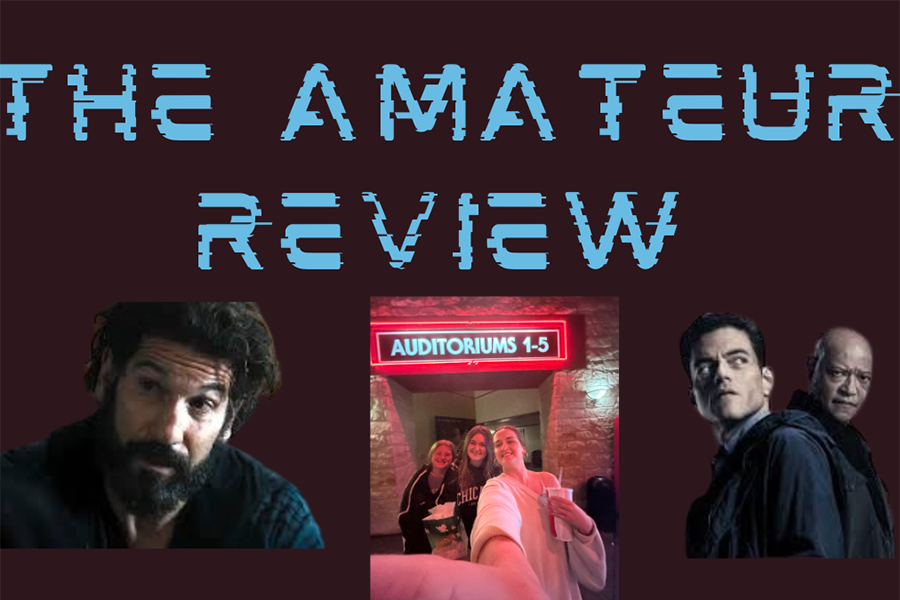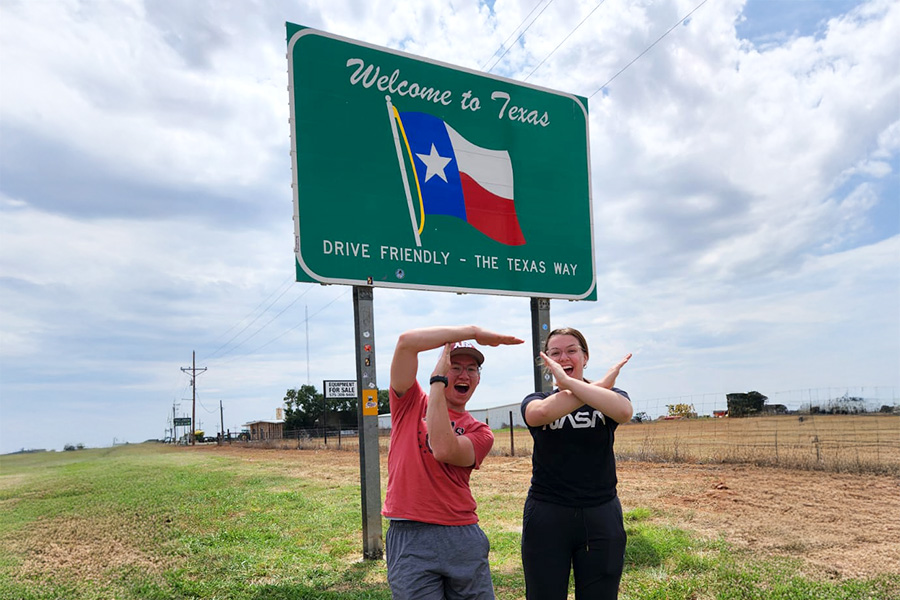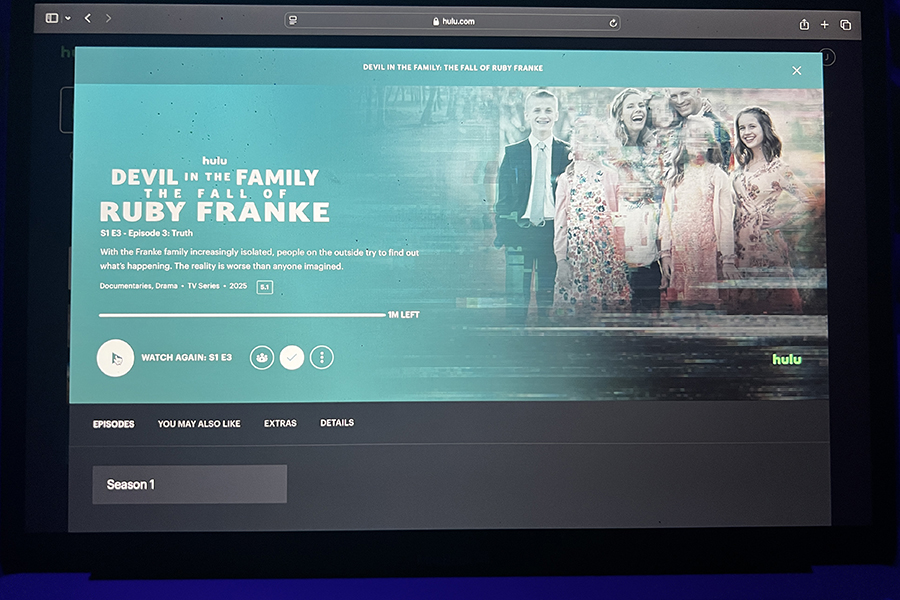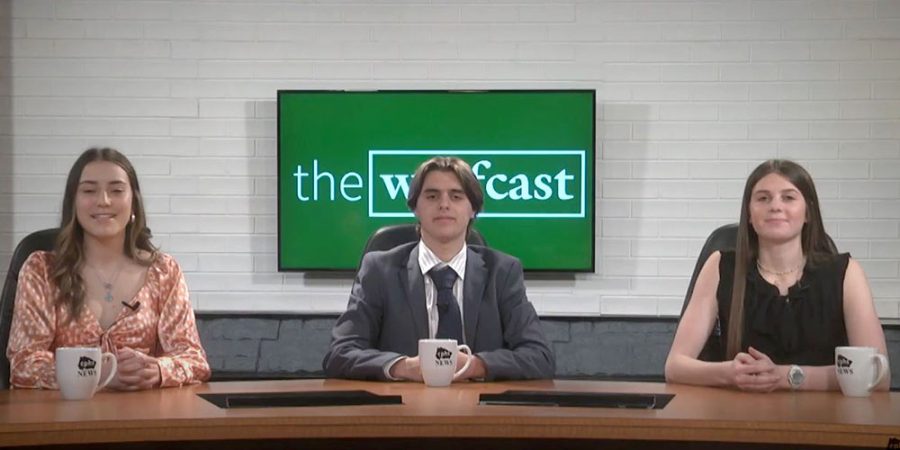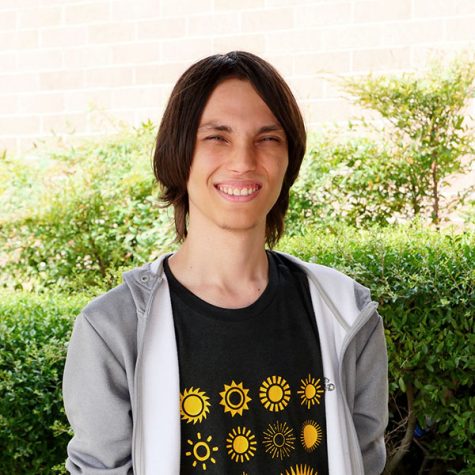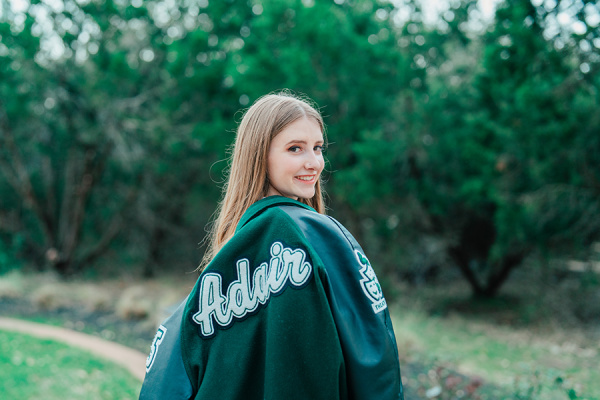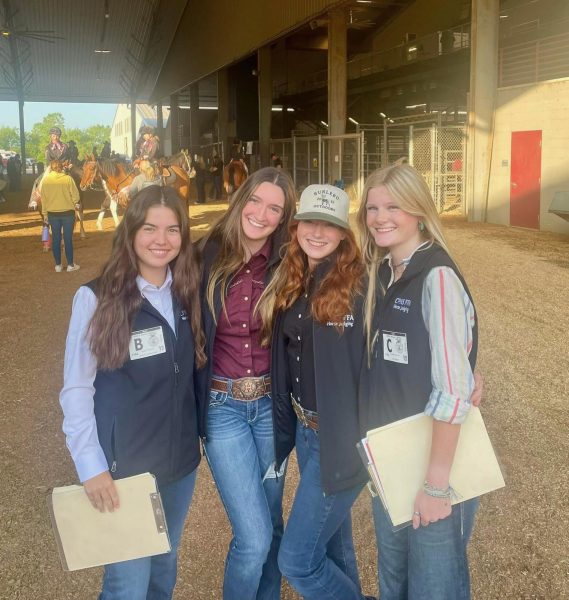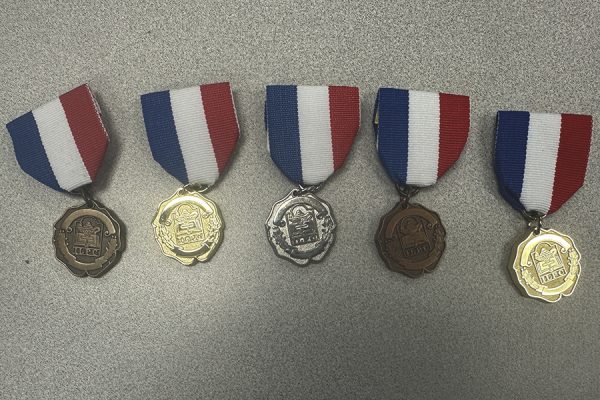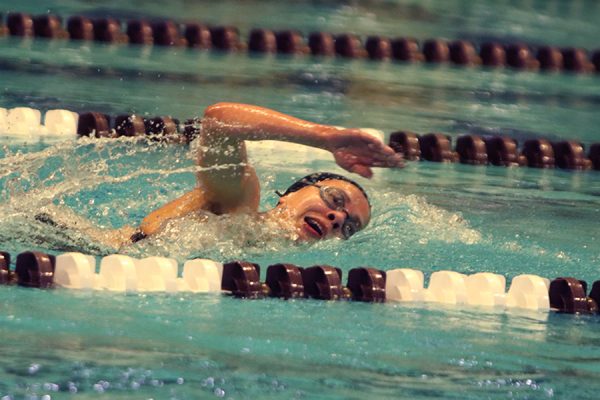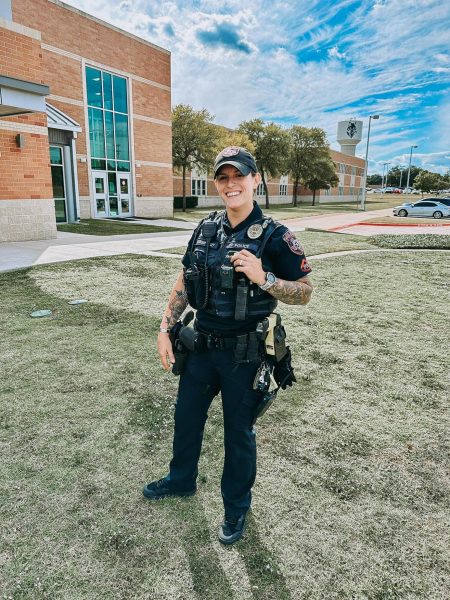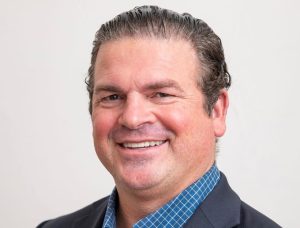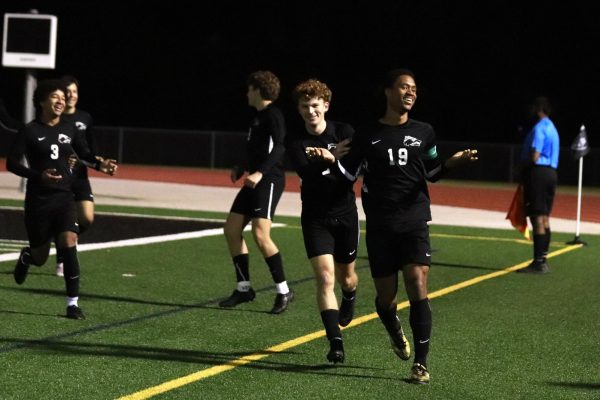Behind the Scenes
How The Wolfcast Is Made
Screenshot of CPHS News Wolfcast
Juniors Abigail Martinez, Jack Polishook and Katie Whitmarsh report for a new episode of the Wolfcast. “Being an anchor and seeing the show be produced everyday has taught me a lot,” Martinez said. “I enjoy being able to share the stories of CPHS to the community and representing the Wolfcast. It is important for my co-anchors and myself that we give the student body facts and unbiased opinions while also keeping the show entertaining.”
February 14, 2022
Four days a week, students enter their DEN period and hear the latest school news and stories through the Wolfcast, a newscast recorded and edited by the Broadcast program. Although the 10 minute length of the average Wolfcast report may come and go for the audience, it’s a different story for the Broadcast team. It’s not just the minutes, but the seconds that are meticulously planned out down to every detail.
The planning begins in the pitch meetings. In them, members discuss their story ideas for the Wolfcast and decide what’ll be put in it. Everyone involved in the production of the Wolfcast is required to write one major news story, called a “package,” and two shorter segments. Throughout this process, there is a great deal of trust and freedom provided by Broadcast teacher Anthony Garcia.
“It’s a very student-led program,” executive producer and senior Katie Smith said. “It’s almost all students who are responsible for the production of the Wolfcast. Furthermore, different groups of students rotate for each episode so that everyone has a chance to contribute. If you’re in the Wolfcast, you get to report on what you want.”
After pitch meetings, reporters are sent out to capture any interviews and b-roll footage they need. Everyone in their first year of broadcast is required, among other roles they may fill, to be a reporter. Students may have seen them walk around the school, walking with a mic and cameramen following closely behind or interviewing students.
“As a reporter, you get to do everything,” senior and reporter Ethan Hexter said. “I joined the Wolfcast this year because I plan to be a professional sound engineer, and being in Broadcast gives me the opportunity to be around really smart people who have experience in news production. It teaches me both the technical aspects and the teamworking skills, as we have to bounce ideas off of each other for the Wolfcast and eventually have to come together and work on one idea. ”
All of this footage is rounded up and polished by editors, a role that the tech team of the broadcast program takes on. According to senior and editor Chance Gates, editing is both a repetitive and stressful job and one that allows him to become closer with the stories of the school in a way that no one else could.
“Using Adobe Premiere, this is where each Wolfcast report begins to take shape,” Gates said. “As an editor, you really have to know what’s on the show – how different segments have to be edited, where to make cuts, all these things that require you to play the footage over and over again until it’s in a watchable state. It gives you a lot of experience in other technical jobs, because editing on the Wolfcast makes you know when exactly to cut in a clip or how to balance the audio during a recording, fundamental video and audio editing concepts you would find in any job that requires it.”
Anchors are primarily responsible for introducing each story and communicating the news to the audience. Currently, the anchors of the Wolfcast are juniors Jack Polishook, Abigail Martinez and Katie Whitmarsh, with other members of the Wolfcast like junior Regan Hill as a replacement if an anchor happens to be absent. As the first thing students see when watching the Wolfcast, Whitmarsh considers herself and the anchors to be important representatives of it.
“Everyone at the school – students, faculty, parents, and more – rely on the Wolfcast to get daily updates on the school’s current events,” Whitmarsh said. “Anchors have a responsibility to make sure that none of the information is misleading or spreading lies and rumors. Garcia always says that whenever the Wolfcast plays, it is playing the voice of the school and of the student body, so we have to ensure that we hold ourselves to a high standard.”
Before each Wolfcast is recorded, its members have a 30-minute meeting where they discuss the content of the Wolfcast and if anything needs to be modified before or during the session, such as the movement of a camera person from their usual spot or a slight change in the script. Then, everyone gets into their respective positions, and from that point onward it’s time to record and post the Wolfcast on the Youtube page for CPHS News.
“Wolfcast is incredibly beneficial for everyone involved,” Smith said. “For its members, they learn what working in a professional broadcast environment looks and feels like, and everything from using Adobe Premiere to learning how to pitch a story to interviewing people can be transferred to a future job in journalism. For the audience, they are kept up with the stories of the school they attend nearly every day, whether it’s just an interesting and funny one or one that informs the students of the academic opportunities they have.”

![Posing with their UIL State Trophy, the Robolobos Van Halen Team beams with excitement after their win. “It was a team effort,” junior Noah Vo said. “I was happy because something happened in the first match and the match was also really close. So [when] they finally revealed it, I was pretty happy.” Photo courtesy of Amy Lovelace](https://cphswolfpack.com/wp-content/uploads/2025/05/IMG_0910-EDIT-1200x723.jpg)
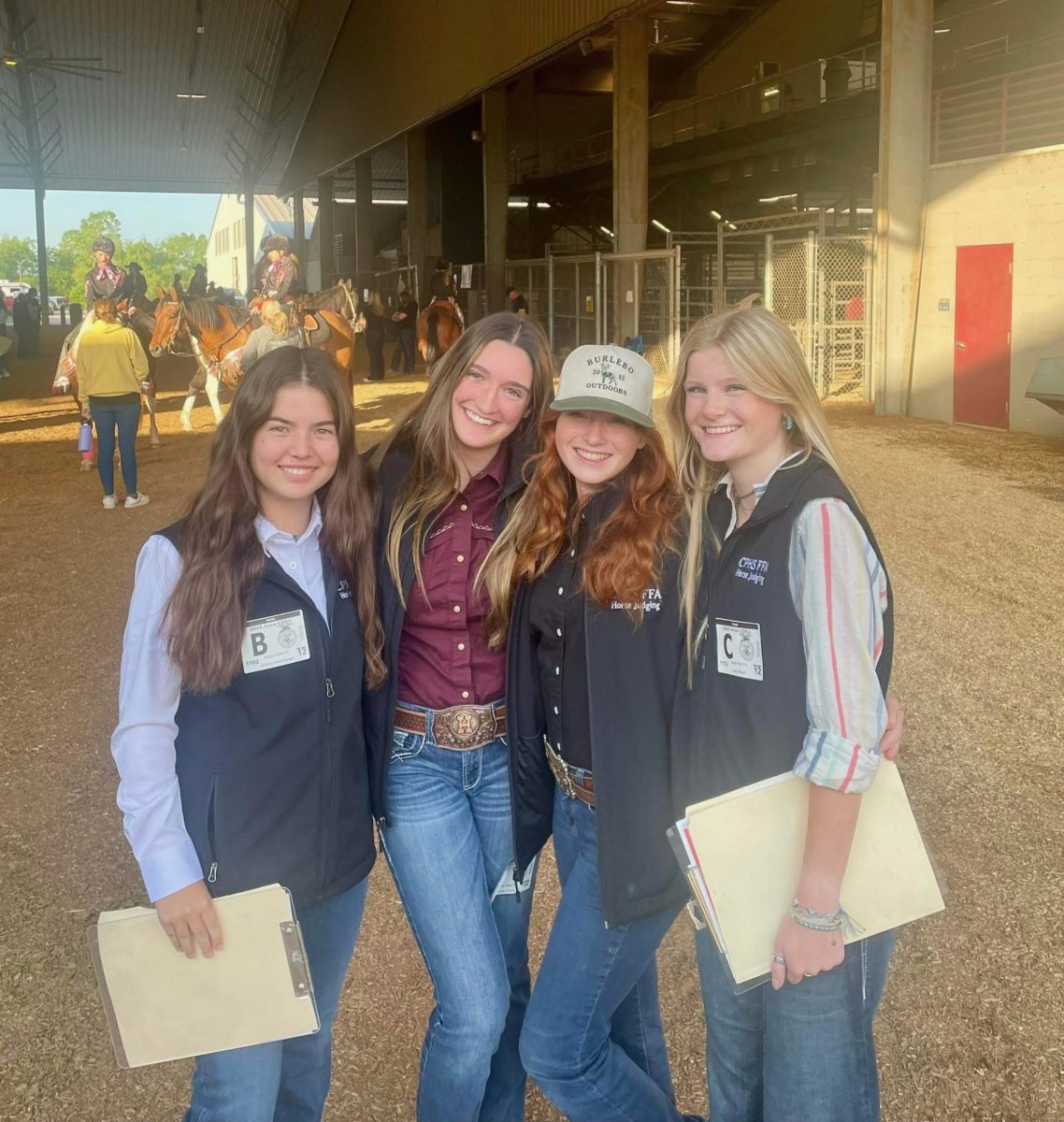
![Broadcast, yearbook and newspaper combined for 66 Interscholastic League Press Conference awards this year. Yearbook won 43, newspaper won 14 and broadcast took home nine. “I think [the ILPC awards] are a great way to give the kids some acknowledgement for all of their hard work,” newspaper and yearbook adviser Paige Hert said. “They typically spend the year covering everyone else’s big moments, so it’s really cool for them to be celebrated so many times and in so many different ways.”](https://cphswolfpack.com/wp-content/uploads/2025/05/edited-ILPC.jpg)


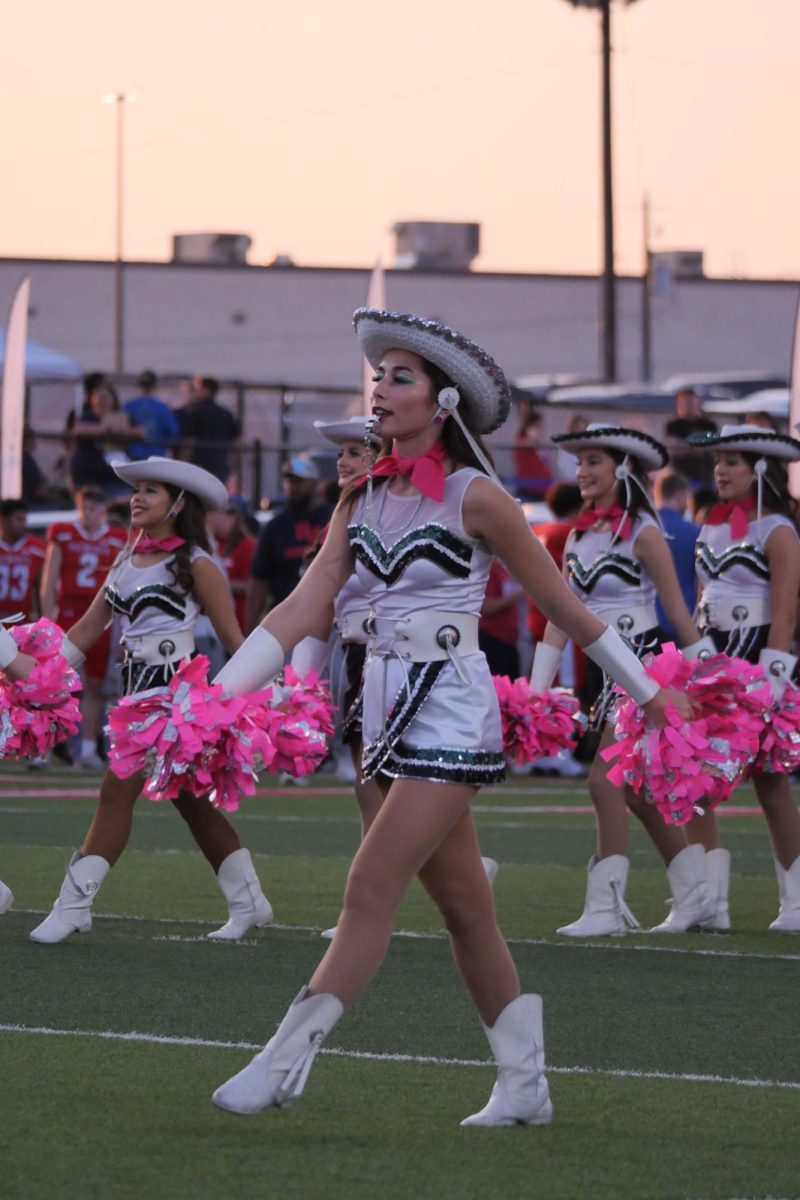





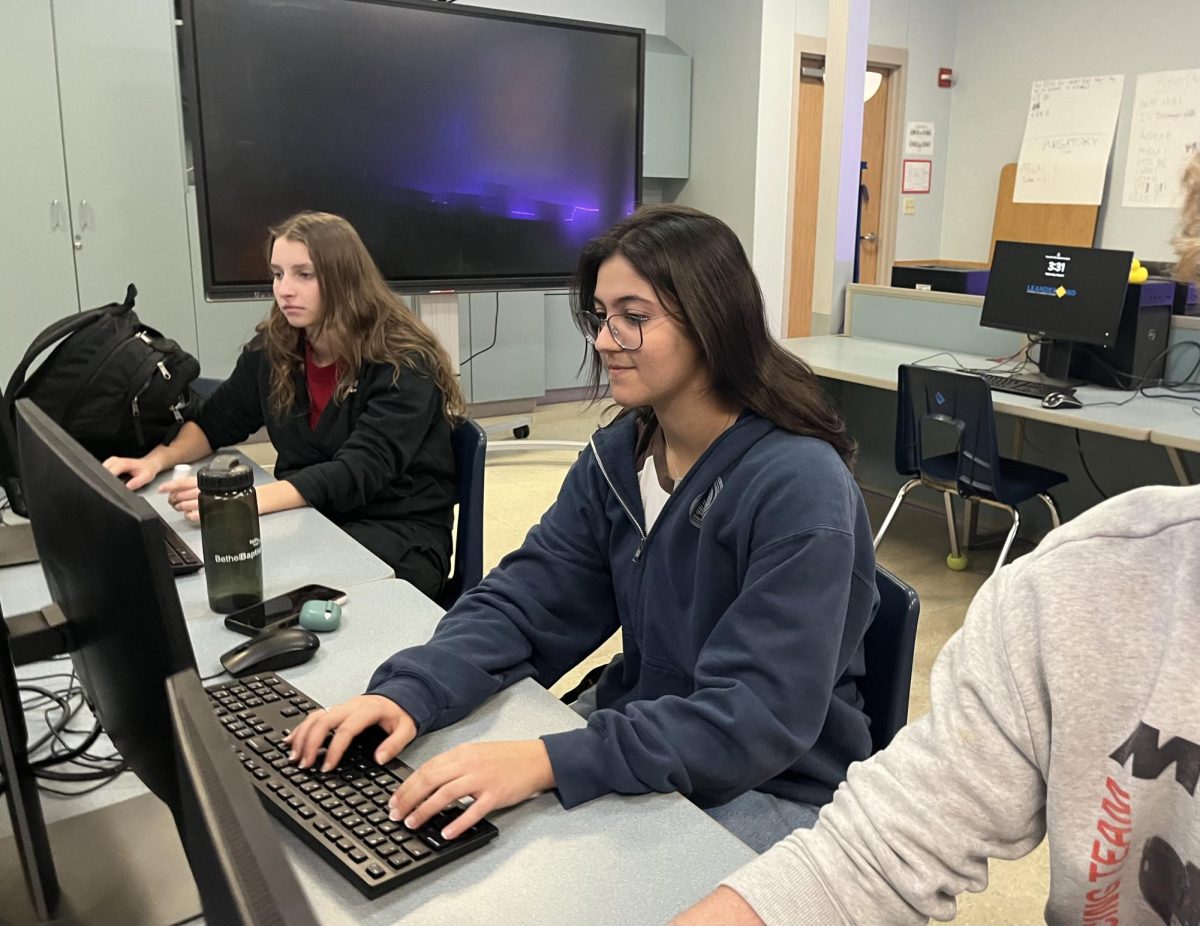


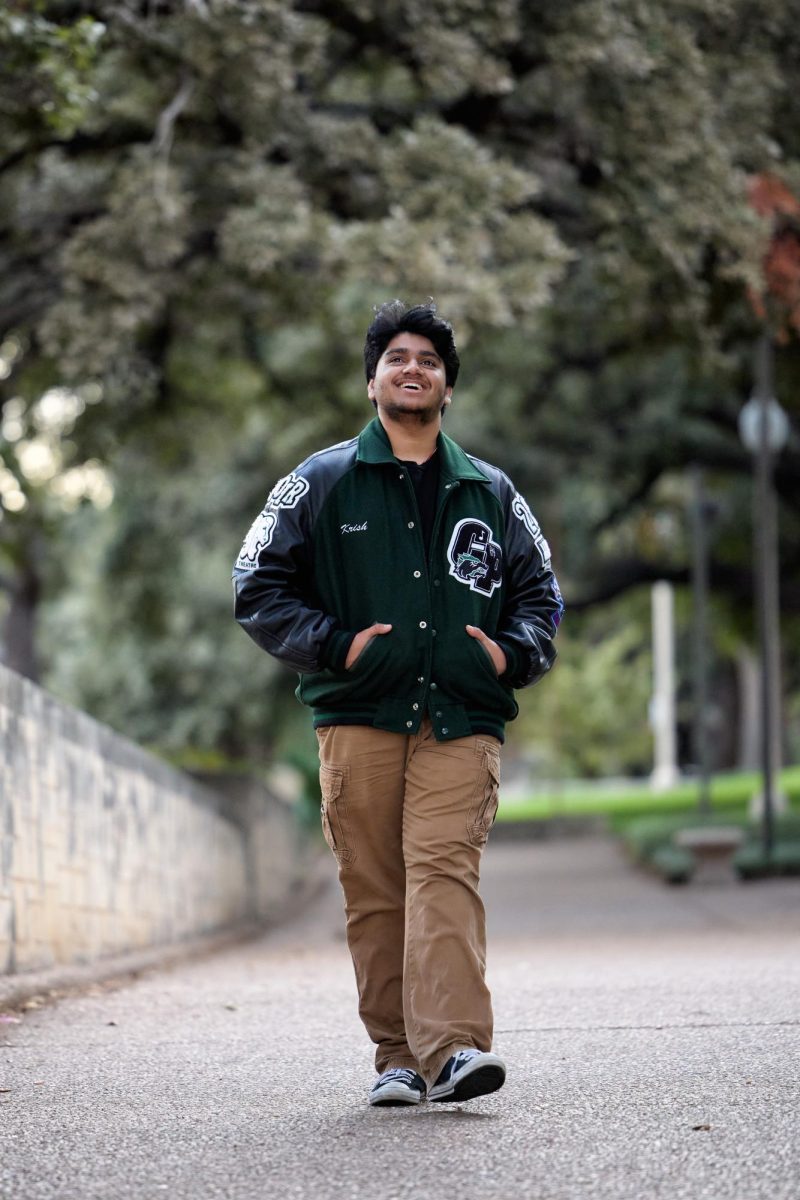
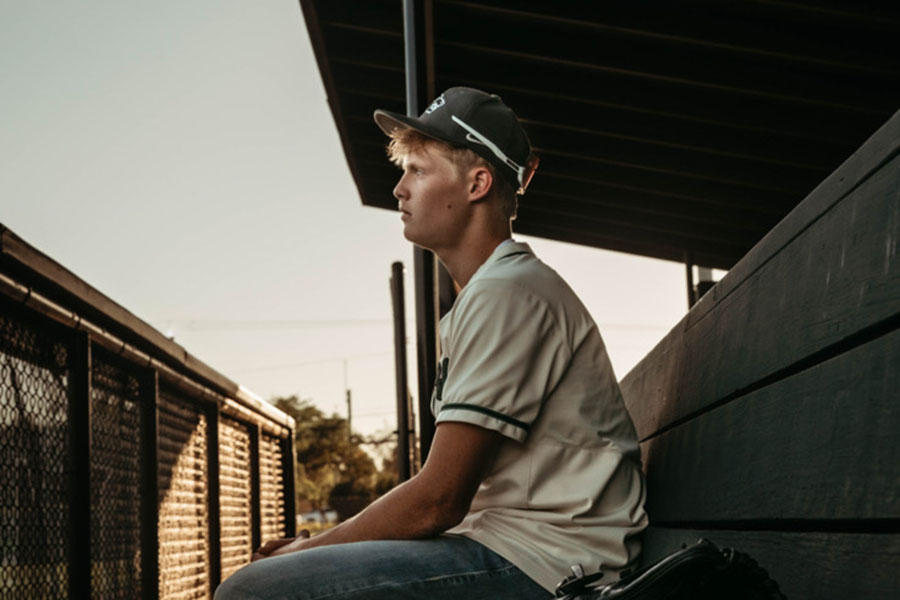
![Bringing her arm over her head and taking a quick breath, junior Lauren Lucas swims the final laps of the 500 freestyle at the regionals swimming competition on date. Lucas broke the school’s 18-year-old record for the 500 freestyle at regionals and again at state with a time of 4:58.63. “I’d had my eye on that 500 record since my freshman year, so I was really excited to see if I could get it at regionals or districts,” Lucas said. “ State is always a really fun experience and medaling for the first time was really great. It was a very very tight race, [so] I was a bit surprised [that I medaled]. [There were] a lot of fast girls at the meet in general, [and] it was like a dogfight back and forth, back and forth.” Photo by Kaydence Wilkinson](https://cphswolfpack.com/wp-content/uploads/2025/03/Kaydence-2.7-23-edit-2.jpg)
![As the support team sits and poses for a photo in the cafeteria with the counseling team they eagerly wait to start their day. "We [all] seem to be a team, I get up every day and there's days where I don't want to go to work today, but I'm thankful that I have a job and I'm blessed to have what I have," Christopherson said. Photo Courtesy of Julie Weltens.](https://cphswolfpack.com/wp-content/uploads/2025/01/AF9E8470-10D7-4C91-BF28-EC8F86BAB66C-1200x852.jpeg)
![Officer Stephanie Cash is in her second year as an SRO at CPHS. “Seeing [students] grow over the years has been kind of cool,” Officer Cash said. “Freshmen that [are] all over the place and then in the next couple of years get a little more squared away and go to class and do work and start thinking about the future. Being a part of a student's growth is the best way to measure my success as an SRO.” Photo Courtesy of Cedar Park Police Department's PIO, Alicia Gallagher.](https://cphswolfpack.com/wp-content/uploads/2024/12/CPHS-SRO-900x1200.jpg)


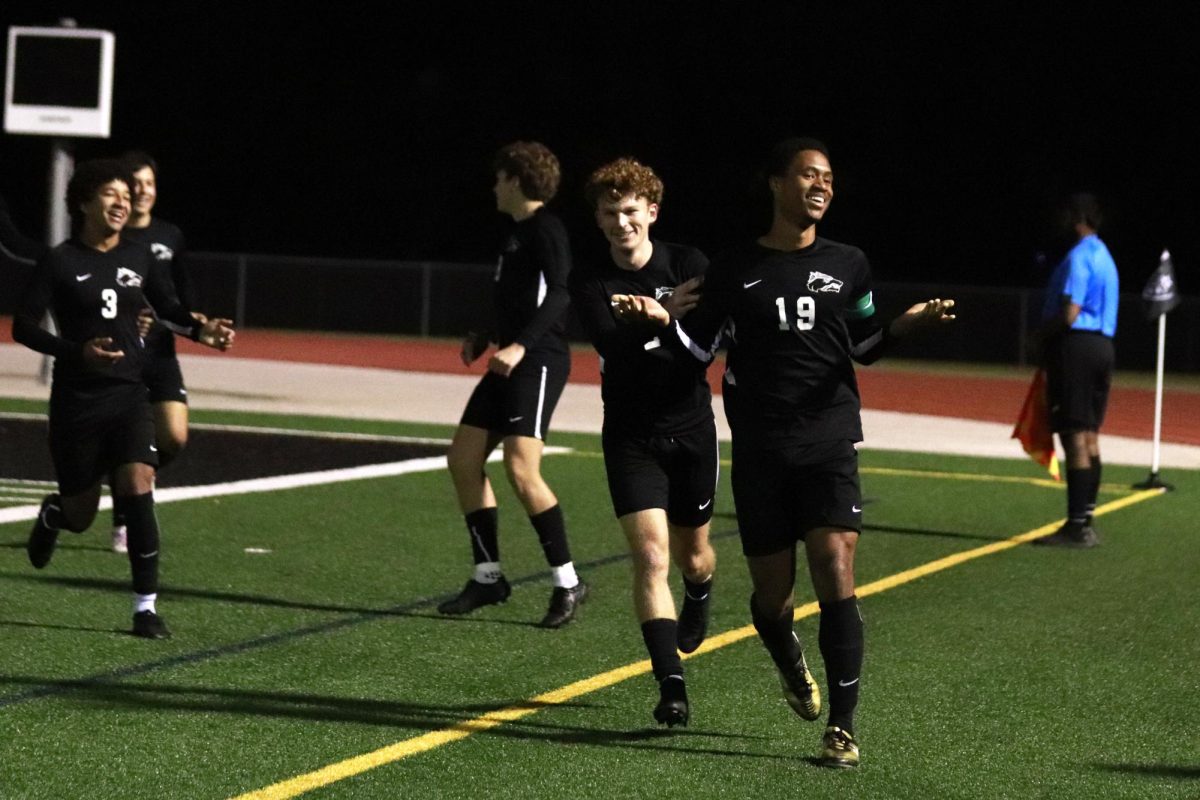
![Taking a breath as he raises his arm up and out of the water, sophomore Kaden Padilla swims the 500 freestyle at the UIL state meet on Feb. 21-22. Padilla placed 10th overall and second in the consolation final in the event, dropping two seconds. “My family was there, so being able to drop time for them was really special,” Padilla said. “It was awesome [finding out I advanced to the consolation finals]. I wasn’t expecting it, and I was very surprised. My parents being there definitely made me a lot happier knowing they got to see me swim in finals.” Photo by Skyler King.](https://cphswolfpack.com/wp-content/uploads/2025/03/kaden-padilla.jpg)

![Three defenders try to stop senior point guard Hope Edwards before the ball leaves her hands. The girls basketball team faced Liberty Hill on Feb 21, losing 58-40. “[My season was] definitely bittersweet,” Edwards said. It's definitely sad [because] I'm gonna miss all my teammates, my coaches and just the whole CP environment.”](https://cphswolfpack.com/wp-content/uploads/2025/03/julia-128-1200x800.jpg)
